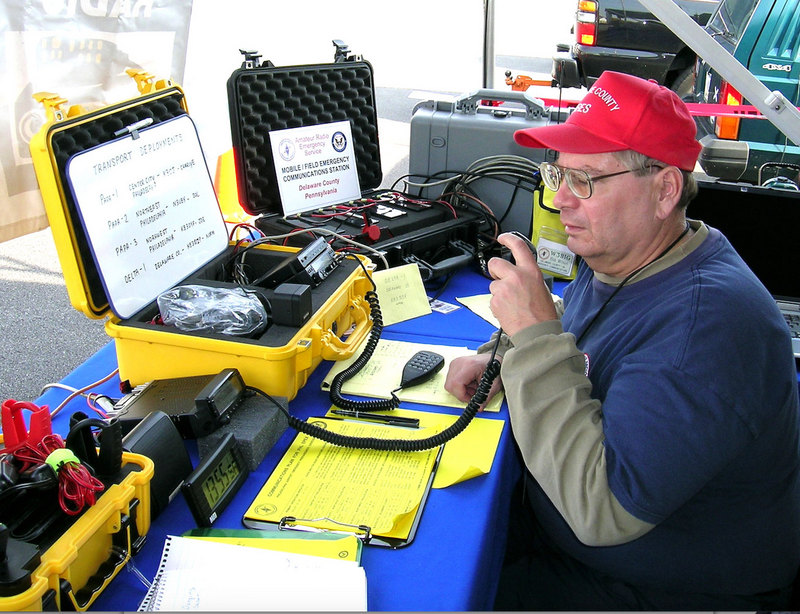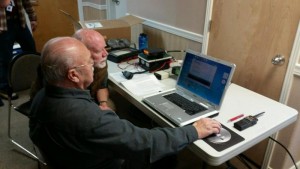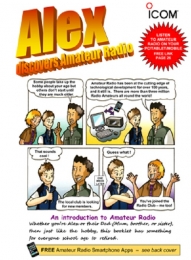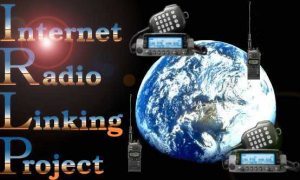 From the WIA, original post here.
From the WIA, original post here.
Date : 10 / 02 / 2016
Author : Jim Linton – VK3PC
International Amateur Radio Union President, Tim Ellam VE6SH/G4HUA told the Global Forum on Emergency Telecommunications that Amateur Radio is probably more relevant now than it was 25 years ago. The International Telecommunications Union event GET-2016 was held in Kuwait City on January 26-28 with a slogan of ‘Saving lives’. In an interview at the conference Tim VE6SH/G4HUA said: “We’re so dependent now on all kinds of systems of communications – everyone has a cell phone, everyone is used to using the Internet – but they’re not used to what happens when those systems go down.”
He further said: “Amateur Radio is there. It relies on somewhat old fashioned technology, but there are also advancements in technology that we rely on.” Hams can use computer-based digital techniques to pass message traffic at very low power levels and under poor propagation conditions. Tim VE6SH/G4HUA said: “Amateur Radio has kept pace by developing new ways to communicate.”
He highlighted IARU concerns that radio amateurs face a number of difficulties in a few countries, including delays in getting a licence, high duties on imported equipment, while some make it hard to erect antennas and support structures. Tim VE6SH/G4HUA also spoke to sessions of GET-2016. Radio amateurs are on the ground, often close to the site of a disaster, or might even be in it. He told a Leaders’ Dialogue forum: “They’re there. They’re ready to go. For the first 24 to 48 hours you have people on the ground, ready to assist. They own their own equipment. They don’t rely on commercial networks. If cellular service goes down, we can assist by using HF or VHF or UHF communications on a peer-to-peer basis.”
The typical radio amateur, like Tim himself, are not engineers or do not work in a technical field, but know enough to get on the air using alternate power sources and a very simple wire antenna. He told those at the Leaders’ Dialogue forum: “Don’t forget the Amateur Radio services …. they’re a great asset to you in times of crisis.” The ITU described GET-2016 as an international platform to discuss topics related to world-wide emergency telecommunication policy and disaster risk reduction.
(Jim Linton VK3PC, Chairman IARU Region 3 Disaster Communications Committee)



